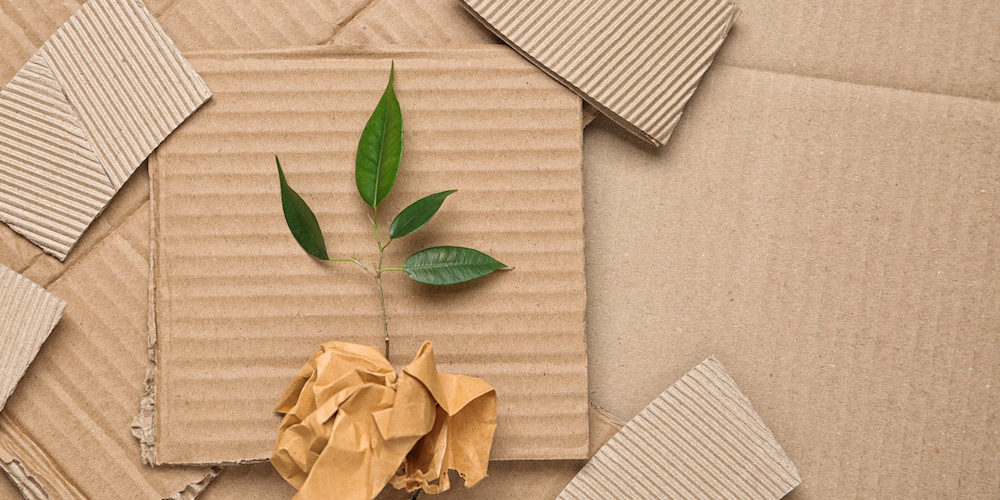
A NEW APPROACH TO SUSTAINABILITY
Sustainability is no longer reserved for only big corporate planning and the few who care. Now, it is a world-wide concern that has attention from all types of consumers. There isn’t a market or a sector that is excluded from being in the know on what is important for keeping our planet safe and maintained for longevity.
As green initiatives have grown, thought leaders and engineers have worked together to create new ways of approaching sustainability. They not only focus on the obvious, such as emissions and product waste, but they find outer lying impacts on our environment that we need to be aware of, especially when it comes to businesses.
Where to Start: Strategy is Key
Just like anything you do, having a sustainable packaging strategy is the most important starting point. If you don’t have a strategy or a roadmap guiding your decisions when it comes to sustainable practices you will continue to see discrepancy in how you come to market. You wouldn’t launch a new product or open a new warehouse without a strategy, and sustainability is the same.
What goes into a sustainable packaging strategy? Here’s a few important considerations when you’re building your sustainable packaging strategy:
- Products and sourcing
- Waste from product returns
- Organizations that you can partner with for sustainable certifications
- Water consumption and pollution
- Energy waste from technology and electronics in your warehouse or office
Here’s a few more questions to consider when you start to formulate your strategy:
- What materials are you currently using and what is their environmental impact?
- Where are you wasting materials and efforts on transportation?
- How much water does your facility consume and waste?
- How will you track and report whether your efforts are working?
Following your strategy, you have to educate your customers and the general public about what you are doing to walk-the-talk. Sustainable metrics are becoming higher priorities for buyers when it comes to purchasing products and materials. Make sure to publish your sustainable efforts on your website and on your product packaging when possible.
Paper vs. Plastic
A common question that we hear is, “should I use paper or plastic?” Plastic shaming is common in 2020; there’s a movement against plastics for a variety of reasons. First of all, there is a lot of waste building up in our landfills and plastic packaging is one of the hardest for our environment to naturally break down. That in itself is a reason that paper is typically seen as the greener option for packaging.
However, this doesn’t take into consideration that there are many cases where paper is not sufficient for the desired solution. For example, fragile items may be at risk for damage if they are packed with paper, as apposed to a more protective plastic alternative. If these products are damaged on deliver, the cost to replace and transport new items takes a heavier toll on the environment.
Other packaging concerns
Sometimes it’s not just about the product that you choose but it also matters how it is used. Over packing can seem like a good idea – extra padding means your products are safer. However, this takes a big toll on our environment. It’s important to train your line workers on how much material is appropriate for the given application.
The same goes for under packing. If there isn’t enough product protection you will run into problems with damaged products. Minimizing transportation costs is one great way to help our planet.
How to Go Green
Your business has a lot of moving parts, which is why at Morrisette we always start with the audit. We guide our customers in evaluating what is really happening on all levels of their supply chain to make smarter choices for the environment, customer, and bottom line.
If you need support with bringing better sustainable practices to your packaging line contact a Morrisette packaging expert to schedule your audit.
Click here to learn more about our sustainable packaging efforts.
